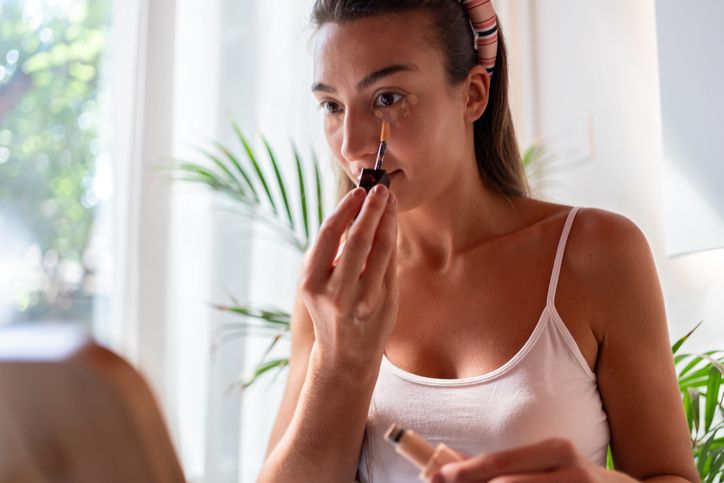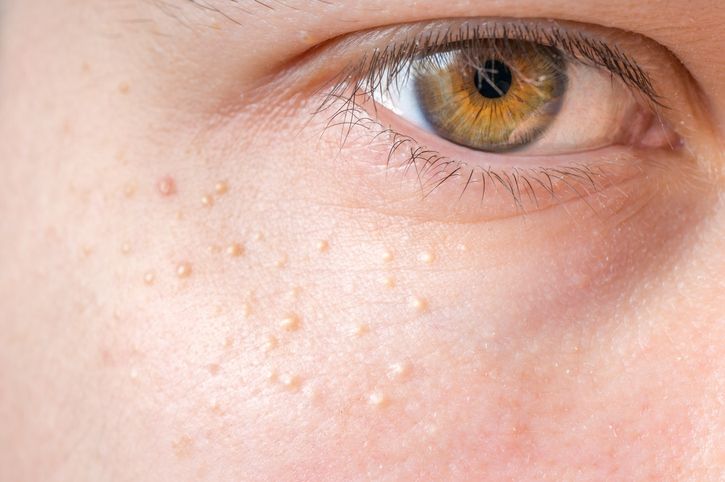- Home
- Trend
- Weight Loss Strategies
- Acne Tips
- Hair Health Information
- Blemish Removal Tips
- Acne Scar Removal Tips
- Muscle Building Techniques
- Intimate Care Tips
- Postpartum Intimate Care
- Eye Bags Wiki
- Tips for Face Slimming
- Secret of Permanent Hair Removal
- Breast Enlargement Tips
- Cure to Snoring
- Marionette Lines
- Skin-Tightening Secrets

免費體驗
Fotona 4D NightLase Snoring Treatment
1 Minute Self-Registration
Date should not be before minimal date
Snoring is not just a minor annoyance but often a symptom of deeper health issues, such as obstructive sleep apnea (OSA). This condition, where breathing repeatedly stops and starts during sleep, affects millions globally, leading to poor sleep quality and associated health risks. In the realm of sleep medicine, a variety of interventions have been developed to tackle this issue, with snore stoppers emerging as a popular over-the-counter solution. But how effective are these devices in combating snoring and its underlying causes? This article delves into the current understanding of snore stoppers within the context of obstructive sleep apnea syndrome and other sleep disorders.
1
Is Your Snoring Turning Into Obstructive Sleep Apnea?
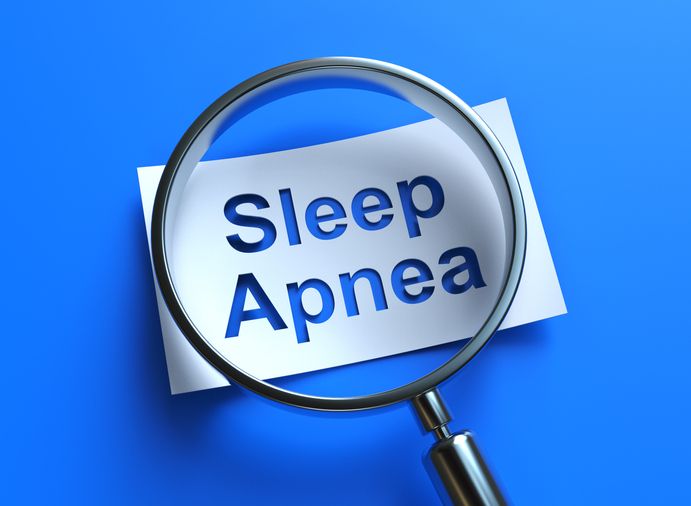
Normal Snoring
Obstructive Sleep Apnea (OSA)
2
Snore Stoppers and Their Mechanisms: Can They Eliminate Snoring?
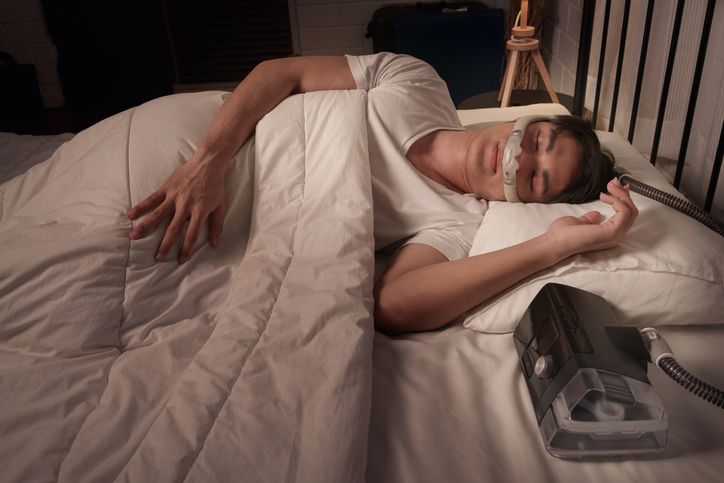
Types of Snore Stoppers and Their Mechanisms
1. Nasal Strips
2. Internal Nasal Dilators
3. Anti-Snoring Device
4. Pillow Inserts and Positional Therapy
5. Smart Devices like the Smart Nora
Suitability and Effectiveness
- Anti-Snoring Pillows – Do They Really Work? Experts Say This Treatment Is Even More Effective!
- Causes, Remedies & The Guide To Fotona 4D NightLase Snoring Treatment To Stop Snoring
- An Extensive Guide on How to Cure Snoring
- How to Use a Nasal Rinse Kit & Saline Solution For Saline Nasal Irrigation? Say Goodbye to Nasal Congestion and Allergic Rhinitis!
3
A Step Up From Snore Stopper: Fix Snoring Problem With The Help Of Fotona Technology
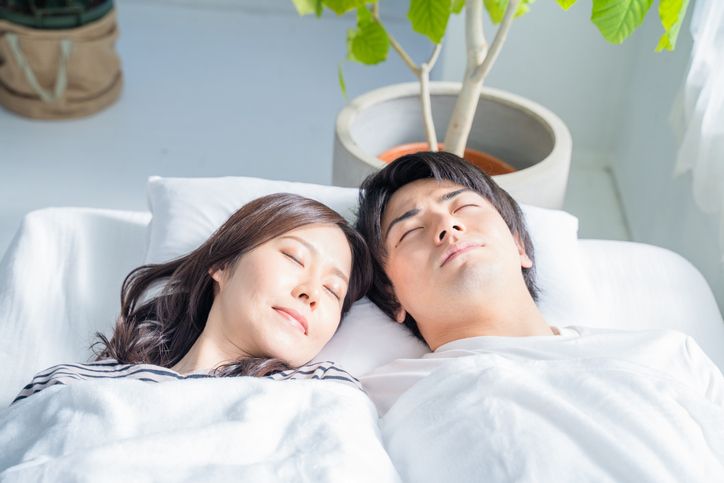
Understanding the Differences
Stop Snoring ASAP By Treating Snoring Issue Right: Try Fotona 4D Nightlase Snoring Treatment Today!
4
Mouth Exercises: Additional Help To Resolve Snoring & Get Better Sleep
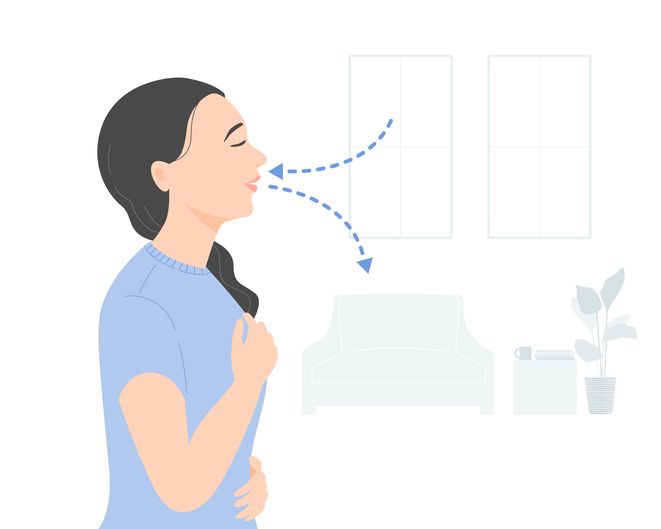

免費體驗
Fotona 4D NightLase Snoring Treatment
1 Minute Self-Registration
Date should not be before minimal date
5
Conclusion
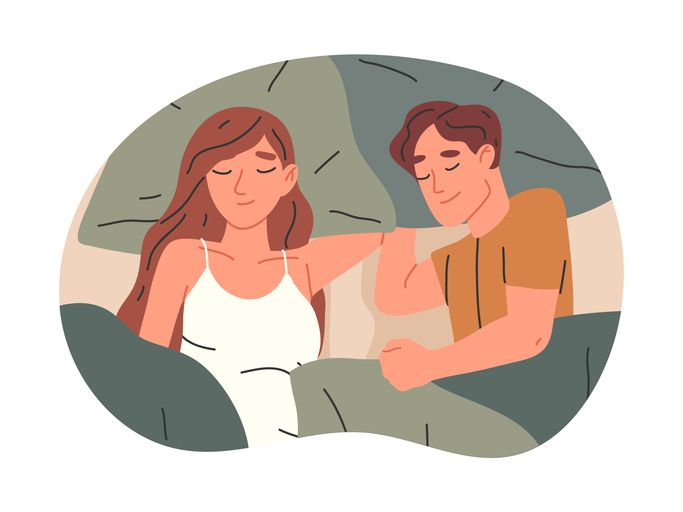

免費體驗
Fotona 4D NightLase Snoring Treatment
1 Minute Self-Registration
Date should not be before minimal date
FAQ

1. How can changing my sleeping position help reduce snoring?
Altering your sleeping position can significantly impact snoring. Sleeping on your back often allows the tongue and relaxed tissues in the throat to obstruct the airway, increasing snoring intensity. Shifting to a side-sleeping position can help keep the airway open, thereby reducing snoring sounds. Some people find special pillows designed to encourage side sleeping or positional therapy devices helpful in maintaining the right sleeping position throughout the night.
2. Can weight loss prevent snoring, and if so, how?
Yes, weight loss can be an effective way to prevent or reduce snoring for some individuals. Excess weight, especially around the neck, can put additional pressure on the airways, causing them to narrow and increase the likelihood of snoring due to relaxed tissues vibrating during breathing. By losing weight, you can decrease the pressure on your airways, which can lead to a reduction in snoring intensity and improve overall sleep quality.
3. Are anti snoring devices effective in stopping snoring, and what types are available?
Anti snoring devices can be effective for many people in stopping or reducing snoring. The effectiveness varies depending on the individual's specific condition and the cause of their snoring. Common types include mandibular advancement devices (MADs) that adjust the position of your jaw to keep the airway open, nasal strips that lift and open nasal passages to enhance breathing, and CPAP machines for those with obstructive sleep apnea to continuously keep the airway open. Consulting with a healthcare provider can help determine the most suitable device.
4. How does avoiding alcohol before bedtime impact snoring?
Drinking alcohol before falling asleep can exacerbate snoring because alcohol relaxes the muscles in the throat and decreases the natural defence against airway obstruction. This relaxation can increase the vibration of tissues, leading to louder snoring sounds. Avoiding alcohol a few hours before bedtime can help keep these muscles firmer and reduce the severity of snoring.
5. What role do right nasal strips play in reducing snoring, and how do they work?
Right nasal strips are designed to help reduce snoring by improving airflow through the nasal passages. They work by gently pulling open the sides of the nose to widen the space in the nasal passages, making it easier to breathe through the nose and reducing the need to breathe through the mouth. This can be particularly helpful for people whose snoring is caused by nasal obstruction or congestion. Using these strips can lead to a decrease in snoring intensity for many individuals, promoting a more restful sleep.







